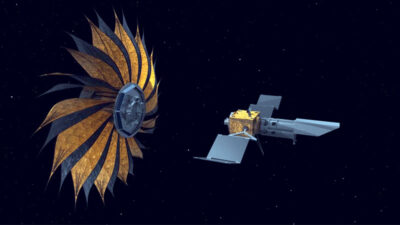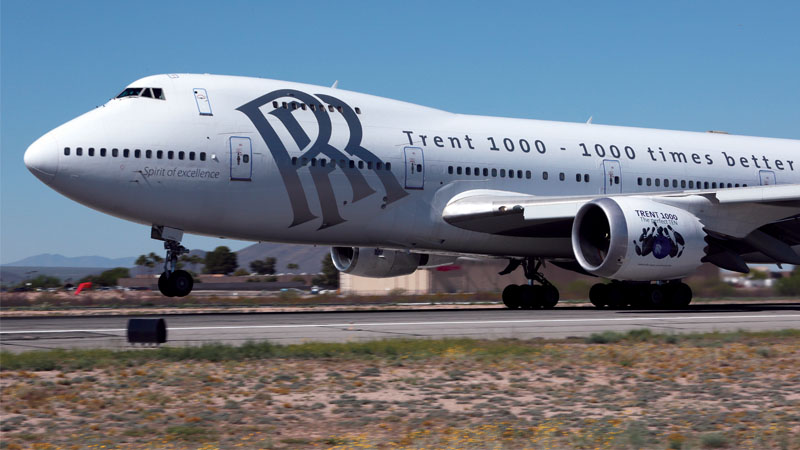Design progress on many fronts
By Karen E. Wilcox|December 2016
The Multidisciplinary Design Optimization Technical Committee provides a forum for those active in development, application and teaching of a formal design methodology based on the integration of disciplinary analyses and sensitivity analyses, optimization and artificial intelligence.
The year brought advances in many aspects of multidisciplinary design optimization.
It saw the release of a new OpenMDAO version from the NASA Glenn Research Center, with contributions from the University of Michigan’s MDO Lab, ONERA Systems Design and Performance Evaluation Department, Brigham Young University’s Flow Lab, the National Renewable Energy Laboratory in Golden, Colorado, and the Technical University of Denmark. The latest developments extend gradient-based optimization with analytic derivatives to a broad class of multidisciplinary problems. One of the developed test-bed problems, OpenAeroStruct, is a low-fidelity aerostructural optimization suitable for educational and research purposes. Another test bed is large-scale wind farm layout and yaw-control optimization to maximize energy production.
Tackling computational cost
Surrogate and reduced-order modeling methods are an important element in reducing the costs of solving MDO problems. Increasing attention is being given to multifidelity MDO, which leverages lower-fidelity models and surrogates together with high-fidelity analysis. McGill University in Montreal developed novel methods, algorithms and error metrics for direct search, surrogate-assisted optimization with diverse applications including design of music instruments. Santa Fe Institute in New Mexico is investigating recurrent neural networks to find reduced-order models of high-dimensional dynamical systems, and new multifidelity Bayesian optimization methods. MIT developed multifidelity methods for design under uncertainty, including uncertainty propagation through coupled multidisciplinary systems and optimal allocation of evaluations among multiple surrogate models.
Multidisciplinary coupling
Multidisciplinary problems present significant challenges to analysis and design methods, due to coupling between disciplines. Texas A&M is developing efficient model discrepancy propagation methodologies for coupled systems. MIT developed a graph-theoretic method for optimal decoupling of multidisciplinary systems. The Multiscale Multiphysics Design Optimization lab at the University of California, San Diego, and Cardiff University in Wales developed multiscale topology optimization for simultaneously optimizing a structure and the microscopic topology of the architected material. This yields a design solution that can be readily manufactured by additive manufacturing with optimally tailored material properties. The University of Illinois Engineering System Design Lab investigated generative design for additive manufacturing and new intelligent structure design strategies that simultaneously tailor freeform structural geometry and distributed control. They applied these strategies to precision spacecraft slewing and pointing. The Systems Optimization Lab developed a conceptual whole jet engine MDO model in collaboration with Chalmers University of Technology in Sweden and GKN Aerospace Engine Systems.
The Air Force Research Laboratory MSTC-Virginia Tech-Wright State University Collaborative Center on Multidisciplinary Science did research that included topology optimization of multi-functional structures using multiscale analysis; a new quasi-Newton algorithm QNSTOP for stochastic and global optimization; and nonintrusive aeroelastic shape sensitivity analysis.
Exploring multidisciplinary technologies NASA’s Advanced Air Transport Technologies project is exploring multidisciplinary technologies through passive and active aeroelastic tailoring methods for subsonic transport wingbox structures, including tow-steered composites, curvilinear stiffeners, through-thickness topology optimization, and variable-camber continuous trailing edge flaps. NASA is collaborating with Aurora Flight Sciences of Virginia to build a tow-steered wingbox for structural testing. The University of Michigan optimized the tow-steered design using high-fidelity aerostructural optimization, and Georgia Tech is performing topology optimization of the wingbox. The Multidisciplinary Analysis and Design Center for Advanced Vehicles at Virginia Tech is developing a computational design environment for MDO of subsonic and supersonic aircraft wings whose designs are expected to include curvilinear spars and ribs enabled by additive manufacturing. ★


































